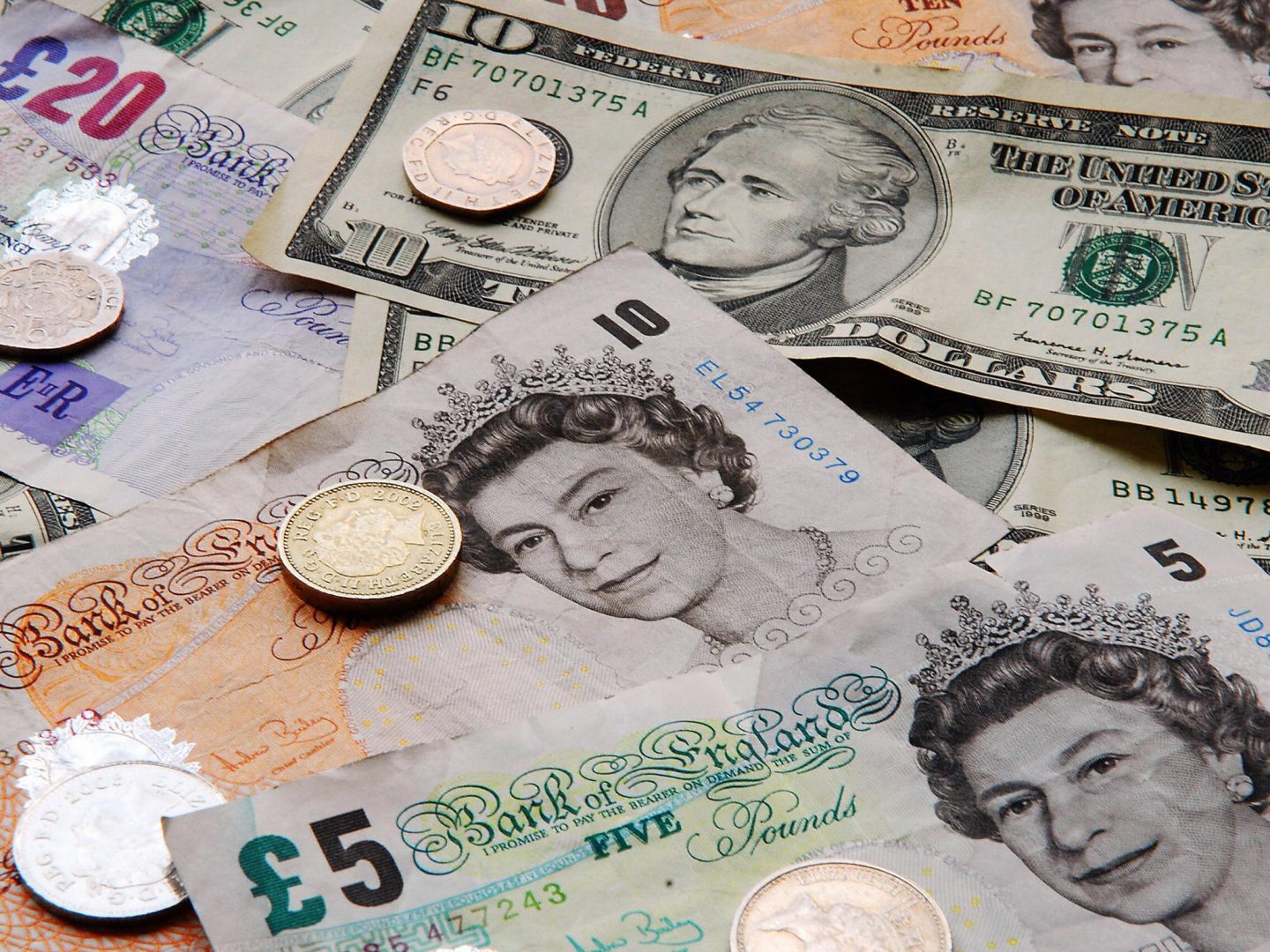Pound in the crucial week after Brexit

Sterling entered the new week on the back foot Monday, falling below a key technical level against the US Dollar as the greenback advanced and markets shunned the British currency in the wake of the latest developments in UK politics.
Pound Sterling was among the biggest fallers in the face of the strong greenback as markets steered away from the currency in light of reports the Scottish government is preparing a fresh push for independence and amid speculation over another possible general election in the UK this August.
“It’s worth addressing the politics head-on – as this is fast-becoming the factor that is keeping us most awake at night,” says Viraj Patel, an FX strategists at ING Group. “While both remain just noise at this stage, these fresh political hits could keep sentiment for GBP dented in the near-term.”
Sterling was quoted 0.34% lower at 1.3414 against the US Dollar during the morning session, making it the second biggest faller against the US currency after the safe-haven Japanese Yen, after falling below a key long term support level located around the 1.3450 area.
The Pound-to-Euro rate was 0.14% lower at 1.1420 Monday, much like all other Sterling exchange rates barring the Pound-to-Yen, as the British currency has has fallen at a faster pace against the US Dollar than all others barring the Japanese currency.
Monday’s price action comes at the start of what is an important week for the Pound in terms of economic data. This is because Wednesday will see the latest batch of UK inflation figures released to the market while Thursday brings April retail sales and Friday offers the second estimate of first-quarter GDP.
The inflation data will be crucial to the narrative around Pound Sterling as it is key to Bank of England monetary policy. After all, it is rising inflation that central banks are attempting to head off when they raise interest rates and vice versa.
Wednesday’s inflation figures would offer the market some hope that a change in policy could come sooner rather than later if consumer prices post a surprise increase.
Likewise, April retail sales data and the second look at first quarter economic growth may also provide reasons for cheer if those figures show the slowdown experienced during the first three months of the year was just a seasonal blip.

